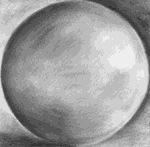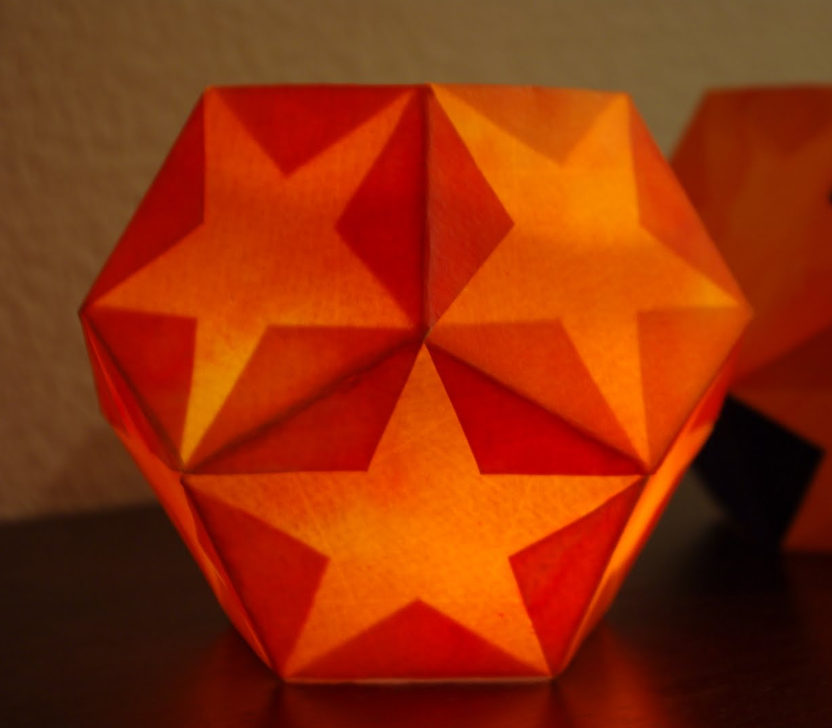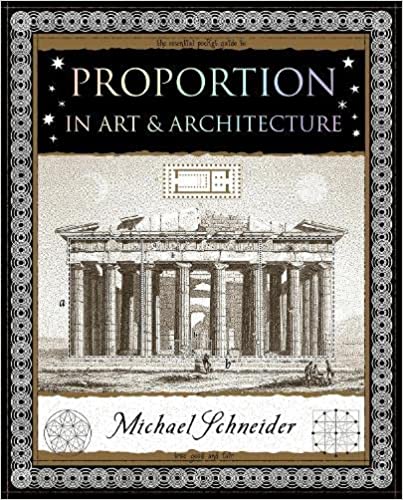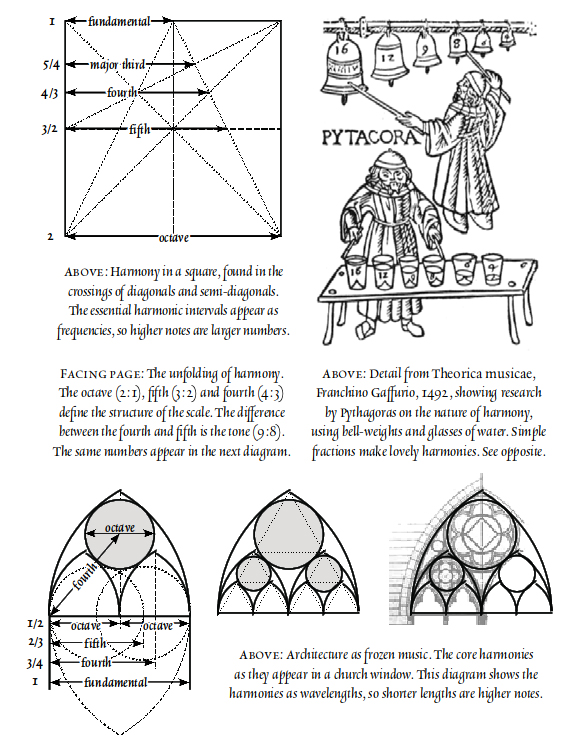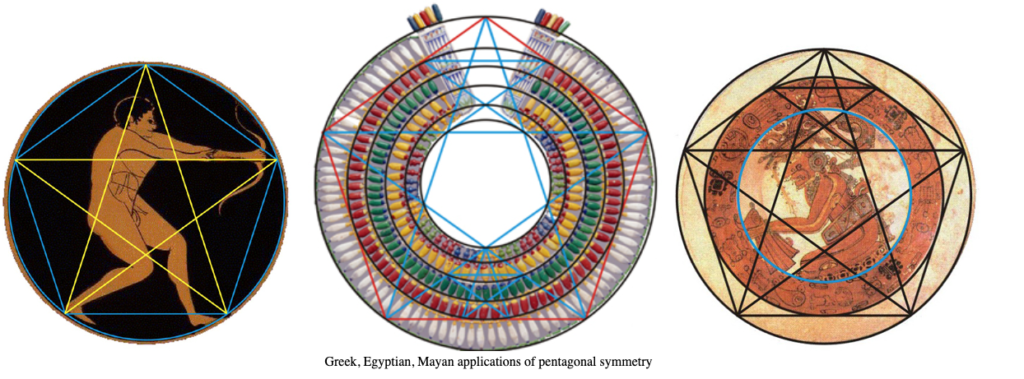As we close out a very surreal year, we wish you the peace that arises from the realization that we’re all interconnected and therefore kindness is appropriate every where and every when. Note the ring of Vesica Piscis shapes around the middle cylinder in this ceiling decoration in a hotel lobby. :-) The Vesica Piscis is the “lens” that is formed when two identical circles (symbolizing two identical seemingly separate selves) exactly touch overlapping so that one circle touches the “heart” or center of the other and vice versa. I imagine Plato (if he were around to comment) might suggest that even these helpful symbols are not the perfection – that transcends their apparent form – that the circles merely represent; the reality or essence in our minds is beyond any specific instance in space or time that the shapes, no matter how elegant or refined, could possibly convey. Like holograms, each of us contains the whole although not apparent to our senses. May 2021 be an opportunity for all of us to deepen our appreciation of the wholeness within every seeming part! :-)










